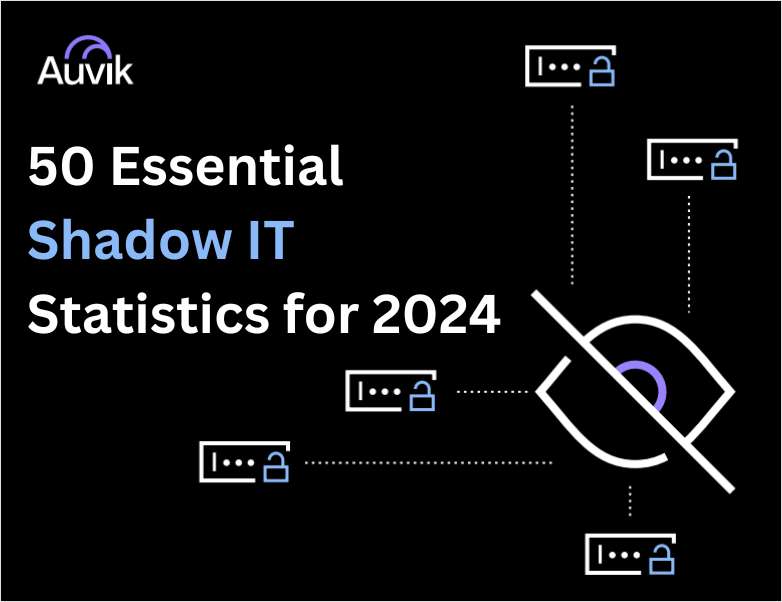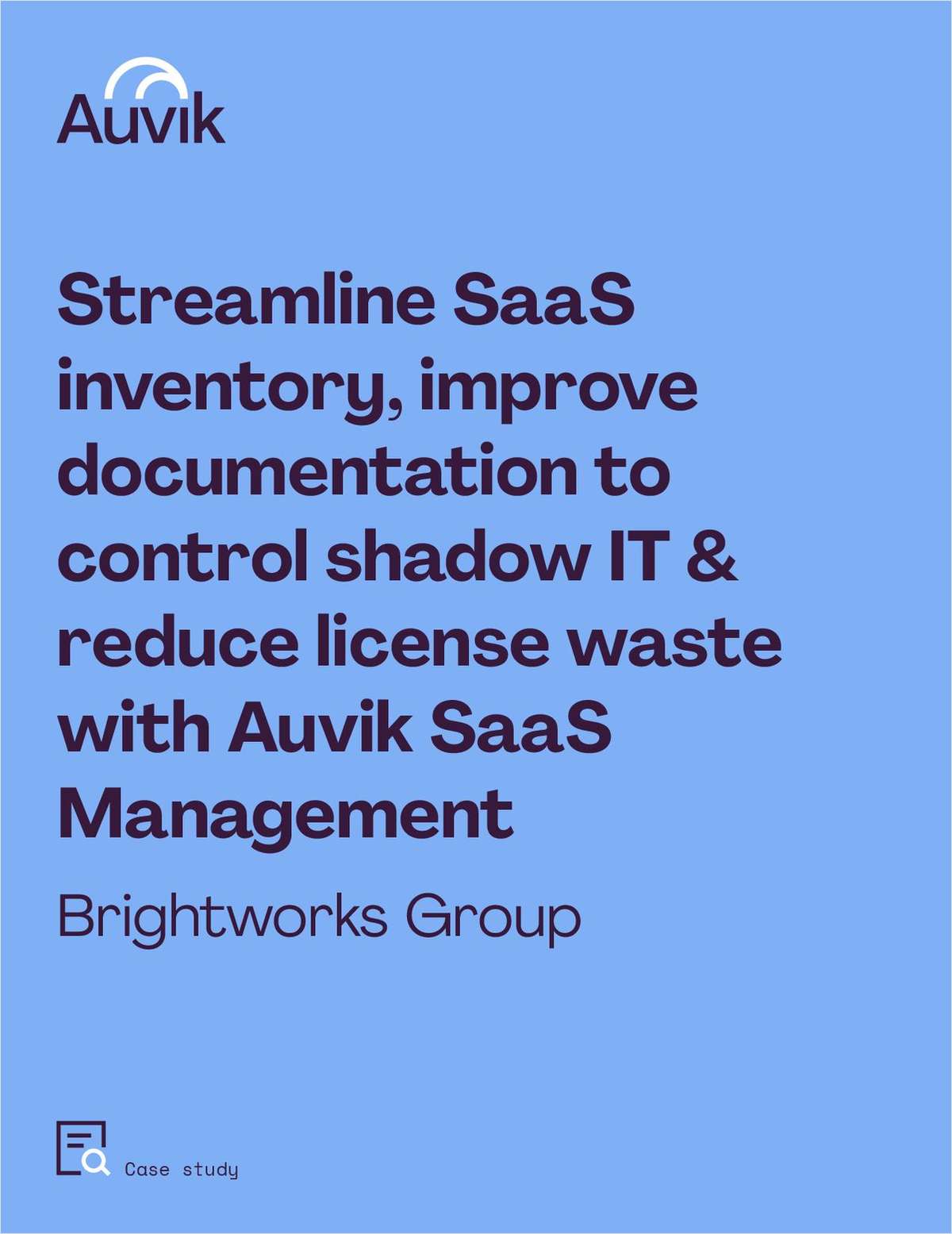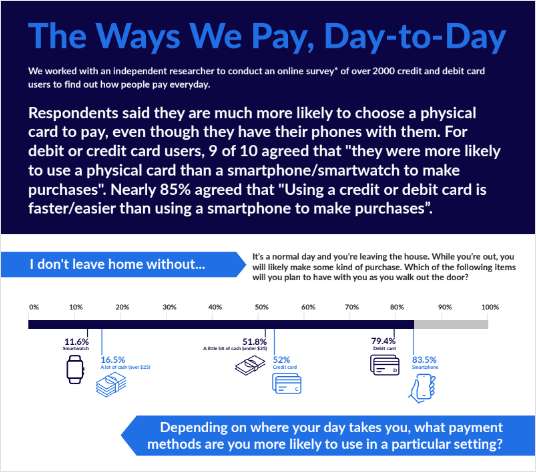WASHINGTON-Can credit unions really wed their philosophies with the plusses and minuses of alternative capital? Many in the credit union community are looking for the perfect answer. The problem is among the various forms that alternative capital can take, there may not be one that fits credit unions' unique structure to a `t.' Given the trade associations' stances on alternative capital, it seems that a majority of the credit union community is raring to find out. Secondary capital can provide a buffer to the share insurance fund in the case of a credit union failure, which sounds like a good idea. The only drawback is that many forms would threaten credit unions' cooperative, non-for-profit structure. "It is our policy to support in general access to [alternative] capital that meets two requirements," CUNA Chief Economist Bill Hampel said. According to CUNA, secondary capital must 1) provide real protection for the National Credit Union Share Insurance Fund and 2) not affect the cooperative ownership structure of credit unions. Those necessities place real restrictions on how alternative capital for credit unions can be structured. NAFCU has also put forth a list of `must haves' that is proving troublesome to creating a secondary capital option for credit unions. Any form of alternative capital for credit unions, in NAFCU's eyes, must: * Preserve the not-for-profit, mutual, member-owned and cooperative structure of credit unions and ensure that ownership interest (including influence) remains with the members; * Ensure that the capital structure of credit unions is not fundamentally changed and that the safety and soundness of the credit union community as a whole is preserved; * Provide a degree of permanence such that a sudden outflow of capital will not occur; * Allow for a feasible means to augment capital; * Provide a solution with market viability; * Ensure that any proposed solution applies for PCA purposes (to include risk-based capital as appropriate) or changes the definition of net worth to include other equity capital balances; and * Ensure that any proposed solution qualifies as equity capital balances under GAAP. It has been so difficult to match these principles up with the various forms of secondary capital, according to NAFCU Chief Economist Tun Wai, the trade association has had a task force working on it for more than a year and has not come up with an exact match. That does not mean it does not exist, though, he was quick to point out. "They're thinking about something that will change the entire community as whole," Wai said. That last statement is not necessarily the case, according to State Employees Credit Union CEO Jim Blaine, chair of NASCUS' Alternative Capital Taskforce. "One of the things you will hear is that it will change the nature of credit unions," he said. The original idea of member shares was that they were at risk and losses were apportioned out to the members, Blaine continued, which is still on the books for state chartered credit unions in North Carolina. That is what a cooperative is, he commented. In addition, many states already allow credit unions to issue secondary capital, only now it cannot count toward a credit union's net worth under PCA. "Clearly there's some kind of inconsistency there that needs to be fixed," Blaine argued. "There is quite a myriad of alternatives that are involved and one of the things you have to ask yourself is does it satisfy the principles involved.In most cases, it falls down on one or the other," Wai said. For example, if investments are offered to nonmembers, it calls into question the ownership issue. If credit unions required a small, uninsured deposit (in the $25 to $50 range) for membership, it could restrict access to credit union services. If secondary capital investments were offered to members and/or nonmembers, they could potentially influence the credit union's operations. Regulators are also concerned about the investments' degree of permanence, Wai said. If an institution begins eroding, will the investors try to pull out? Hampel continued to list the various secondary capital possibilities. If capital comes from the membership, then there is the chance of confusion about deposit insurance coverage no matter how many disclosures are thrown in front of the investor. But with a nominal membership deposit, likely to be under $50, credit unions would not be able to raise much capital. One option that won't work for credit unions is providing extra voting rights for investors because it takes away from the one-member-one-vote structure. Additionally, issuing uninsured certificates of indebtedness to members, which could mean thousands of dollars in secondary capital with each investment, would still prompt the issue of investor awareness. "Policymakers in Washington would not view member share certificates.as effective as external subordinated debt for providing protection to the share insurance fund," Hampel said. If public outcry regarding the misunderstanding of disclosures was loud enough, he explained, the NCUSIF still might have to fork out the funds on the technically uninsured shares. Blaine stated that he does not buy into the ignorance of the member arguments. He pointed out that many credit unions already have brochures and advertisements for uninsured investments in their lobbies. Additionally, he said that most credit unions have about 10% of their members with shares in excess of $100,000 in their accounts. The CEO did caution that alternative capital should be limited in amount and offered only as a short-term solution for credit unions. For example, Blaine said a credit union that experiences a sudden, unanticipated influx of deposits operating at 7% net worth might suddenly fall to 6.5%. "You can't just earn 7% on those funds overnight or even in a year," he explained. This is a primary example of where alternative capital would come in handy. The most viable option for credit unions is subordinated debt, according to Hampel, something that banks are already using in addition to their stock offerings to mitigate risk. But, applying a credit union twist, the investors would not be able to take over operations as a failing credit union's net worth ratio continued to plummet; typically when banks make these agreements, the investors take control of the institution when the net worth reaches a certain level, the economist said. You cannot have that with credit unions, he said. Initially, credit union secondary capital offerings will cost credit unions high rates because they are new and considered riskier, according to Hampel. On the other hand, once investors get to know the credit union community and its history of being safer and sounder than banks, it could push rates lower. In addition to gaining extra funds to count toward net worth, subordinated debt has another advantage: credit unions can pool their offerings, Hampel said, which would like be aided by the corporate credit unions. State Employees Credit Union issued $1 million in equity shares to Self-Help Credit Union a couple of years ago. PricewaterhouseCoopers verified that the deal was inline with generally accepted accounting principles and the state regulator said it met the state's requirements. As part of the partnership, Self-Help has no voting rights and cannot pull out the investment if State Employees begins to sour. Additionally, the interest payments are not mandatory. The Buzz "Obviously, the issue of alternative capital has been on a few peoples' minds." NAFCU's Wai observed. That is putting it mildly. The General Accounting Office is conducting a study on the various options for credit unions at the behest of House Financial Services Committee Chairman Mike Oxley (R-Ohio), Ranking Member Barney Frank (D-Mass.), and Committee Member Brad Sherman (D-Calif.). In turn CUNA, NAFCU and NASCUS have been researching and handing over all the information they have to GAO for their study. NAFCU provided their criteria, as did CUNA, and NASCUS supplemented its information with three Filene studies on the subject. Congressman Sherman has announced he intends to introduce legislation this congressional session permitting alternative capital for credit unions. Treasury Assistant Secretary for Financial Institutions Wayne Abernathy informally requested comments on the subject during a speech to the Consumer Federation of America in December. With the "flight to safety" that has caused an influx of deposits at credit unions over the last few years, the concept has been on the minds of many in credit union land. However, most credit unions have little use for secondary capital, partly because they're already overcapitalized, Hampel said. According to him, about 84% of credit unions have net worth ratios above 9%. Another 15% are between 7% and 9% and may be considering the option in the near term. The remaining 1% of credit unions is not adequately capitalized and probably could not attract investors even if they were permitted to raise additional capital. "This is not intended to provide a way for credit unions that are seriously undercapitalized to become recapitalized," Hampel explained. However, prompt corrective action-not secondary capital-is the real issue. If PCA were reformed, it could significantly diminish-or even eliminate-some credit unions' need for alternative capital, Hampel said. Wai said that NCUA Chairman Dennis Dollar's proposal on risk-based capital, included in the Credit Union Regulatory Improvement Act (H.R. 3579), has "relative merit" because it's not so one-size-fits-all like the 7% net worth ratio to be defined as a well-capitalized credit union under PCA. The impact of PCA reform would vary depending on the approach, Hampel agreed. For example, CURIA leaves the risk weighting to be defined by the regulators. "The best place to define risk assets would be with NCUA," he said. With the appropriate definition in place, CUNA might have to "reanalyze the need for secondary capital," he added. -
Continue Reading for Free
Register and gain access to:
- Breaking credit union news and analysis, on-site and via our newsletters and custom alerts
- Weekly Shared Accounts podcast featuring exclusive interviews with industry leaders
- Educational webcasts, white papers, and ebooks from industry thought leaders
- Critical coverage of the commercial real estate and financial advisory markets on our other ALM sites, GlobeSt.com and ThinkAdvisor.com
Already have an account? Sign In Now
© 2024 ALM Global, LLC, All Rights Reserved. Request academic re-use from www.copyright.com. All other uses, submit a request to [email protected]. For more information visit Asset & Logo Licensing.









